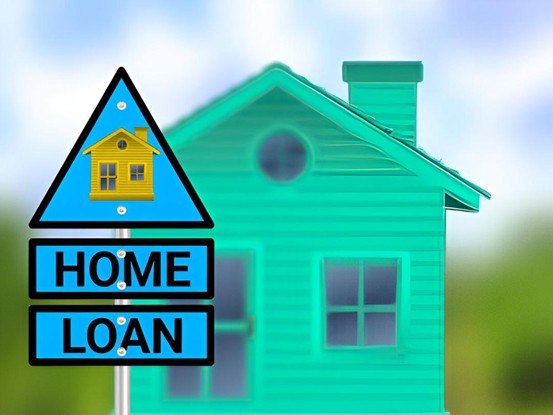If you’re thinking about giving your property a facelift but are unsure on how to fund it, then exploring your options for home renovation finance is a must.
By its very definition, to renovate is to refresh, reinvigorate or restore. As such, the spectrum is huge when it comes to applying this term to property, and can include anything and everything from a fresh coat of paint to installing a brand new kitchen.
Once upon a time, home renovations were predominantly embraced by owner occupiers looking to give their abode’s quality a modern boost. These days, the process of undertaking a renovation can also be a very effective means to increase the value of their property, and to ultimately present the home in question in the best possible light to potential buyers.
No matter which end of the renovation spectrum you identify with, the simple fact of the matter is that the attached price tag is something that needs to be considered before you pick up a power tool. Thankfully, there’s many avenues to explore when it comes to home renovation finance.
Seven Home Renovation Finance Methods To Choose From
Like it or not, the average renovation budget blows out by 80%, and the average slippage on timeline is a whopping twenty months. To minimise your exposure to these unexpected surprises, make an in depth budget from day one, track it as you go, and above all – stick to it.
Once you’ve carefully calculated your expected spending, it’s time to navigate your options for home renovation finance. While there’s no perfect “one size fits all” solution, the ideal path to take will usually boil down to your individual set of circumstances.
Use Your Equity – Equity is the difference between your home’s value and your loan amount, or the funds that you have already paid back to the bank including your deposit. All lenders have different terms in regards to how and when you can access your equity, with some offering access to it after as little as six months.
Construction Loans – Construction loans are specifically designed for people looking to build their own home from scratch, or those who intend on undertaking significant renovations. For those looking to access home renovation finance to pay tradies and other outsourced labour, construction loans are a great way to minimise your exposure to risk.
Personal Loans – If you’re hesitant about touching any existing savings or any equity already safely tucked away in your property, then personal loans can be an alternative if your renovation project sits right in the middle between minor and major. Although interest rates are usually higher, there’s often unsecured and secured loan products to choose from.
Refinance Your Mortgage – When done well, refinancing your existing home loan offers a wide range of potential benefits to borrowers, such as securing a more favourable interest rate, changing loan terms to fixed or variable interest rates, gaining access to home equity, consolidating existing debt, and even access to extra funds for home renovation finance.
Line Of Credit – Ideal for ongoing or long-term renovations, establishing a line of credit revolving loan involves access to funds whenever you want up to your approved limit. Homeowners only pay interest on the funds used and as you pay off your balance, you can re-borrow the unused funds without reapplying.
Offset Account – In simple terms, the basic function of an offset account is to use up to 100% of the balance of a linked transaction account to “offset” – or effectively reduce – the portion of your home loan that is accruing interest. Think of the funds in an offset account as savings that doesn’t accrue interest, but instead saves you interest due on your existing home loan.
Redraw Facility – In a nutshell, a home loan redraw facility gives homeowners the opportunity to access any extra repayments that they may have made on particular types of loans. However, using this as a form of home renovation finance only applies if you have already been making extra repayments on your mortgage.
One of the most important aspects involved with the practice of renovating for a profit is to avoid overcapitalisation. If you have spent $200,000 on the renovation itself, but only made a $100,000 profit on the bottom line of a sale contract, then your home renovation will have effectively cost you money instead of making it.
Instead, experts indicate that you should allow 10% of your property value for your renovation budgets. However, if navigating your options for home renovation finance and how to best balance your other financial commitments is giving you a headache, then it may be worth considering a chat with the professionals.
Partnering With The Home Renovation Finance Professionals
Navigating the complex world of home loans has long been regarded as stressful, frustrating and time consuming – but if you can find the right advice on sourcing how mortgages work, then the good news is that it doesn’t have to be.
Since their inception in 2012, the team at Madd Loans have worked tirelessly in providing over 2,000 Queenslanders with finance options to help turn their dreams into reality. With the entire brand being built on referrals, owner George Samios takes great pride in making the loan process both fun, educational and stress free – and he has a swag of awards to prove it.
If thinking about your financial future strikes a chord with you, then it might be time to speak to a professional. Whether you’re chasing mortgage solutions or a financial fairy godmother, the team at Madd work together as a collective to turn your goals into reality.






